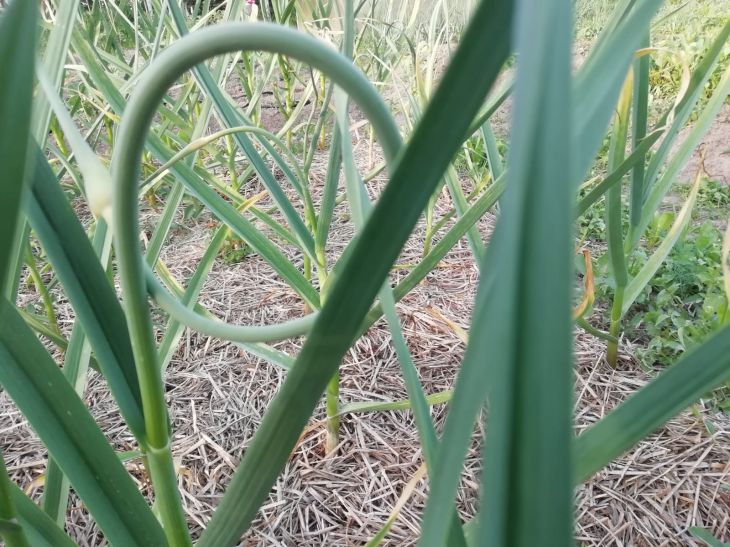How to feed garlic in spring so that it grows large and does not turn yellow: secrets of a rich harvest
Garlic is an irreplaceable vegetable in the kitchen, a valuable source of vitamins and microelements, and has medicinal properties.
You can get a rich harvest of large and healthy heads of garlic thanks to proper spring fertilizing.
Anastasia Kovrizhnykh , an expert of the online publication "BelNovosti", an agronomist and landscape designer, told how to act in such a situation.
It is at this time that the plant actively grows green mass and forms bulbs, requiring a sufficient amount of nutrients.
The Importance of Nitrogen for Garlic Growth
Nitrogen is one of the most important elements for the growth and development of garlic. It is responsible for the formation of green mass, promotes the development of the root system and increases the plant's resistance to diseases.

In spring, after the snow melts, garlic needs nitrogen fertilization for rapid recovery after winter and active growth.
Nitrogen Sources for Garlic
In order for garlic to grow strong and healthy, it needs nitrogen. This important element can be given to plants using both mineral and organic fertilizers.
Of the mineral fertilizers, urea, ammonium nitrate or ammonium sulfate are most often chosen - they dissolve well in water and are quickly absorbed by garlic.
If you prefer organic matter, then humus, compost, bird droppings or manure will do. They are not only rich in nitrogen, but also contain other useful elements, improve the soil structure and create favorable conditions for the development of beneficial microorganisms.
The Importance of Potassium and Phosphorus
In addition to nitrogen, garlic needs potassium and phosphorus for good growth. Potassium makes plants more resistant to adverse conditions, such as drought or frost, and also improves the taste and shelf life of garlic heads.
Phosphorus plays an important role in the development of the root system, flowering and the formation of bulbs. If garlic lacks potassium and phosphorus, its growth may slow down, the leaves will turn yellow, and the yield will decrease.
Complex fertilizers for garlic
For complete feeding of garlic, use complex mineral fertilizers containing nitrogen, phosphorus and potassium in optimal proportions.
Fertilizers such as nitroammophoska, ammophos and diammophoska will provide the plant with all the necessary elements for active growth and the formation of large bulbs.
Timing and methods of feeding
The first spring feeding of garlic is carried out immediately after the snow melts, using nitrogen fertilizers.
The second feeding is carried out after 2-3 weeks, using complex fertilizers with nitrogen, phosphorus and potassium.
Fertilizers can be applied both dry and as a solution. It is important to follow the recommended dosages so as not to overfeed the plant. Excess fertilizers can lead to root burns and reduced yields.
Folk remedies for feeding
In addition to mineral and organic fertilizers, you can use folk remedies to feed garlic. Ash is a valuable source of potassium, phosphorus and microelements.
Infusion of mullein or bird droppings is a rich source of nitrogen and other nutrients. Yeast solution stimulates the growth and development of plants, increases their immunity.
Prevention of yellowing of leaves
Yellowing of garlic leaves can be caused not only by nutrient deficiency, but also by other factors such as acidic soil, lack of moisture, diseases and pests.
To prevent yellowing of leaves, it is necessary to provide the plant with optimal conditions: neutral or slightly alkaline soil, regular watering, protection from diseases and pests.
Previously we talked about how to increase honeysuckle yields .
